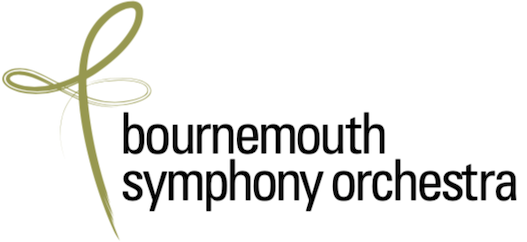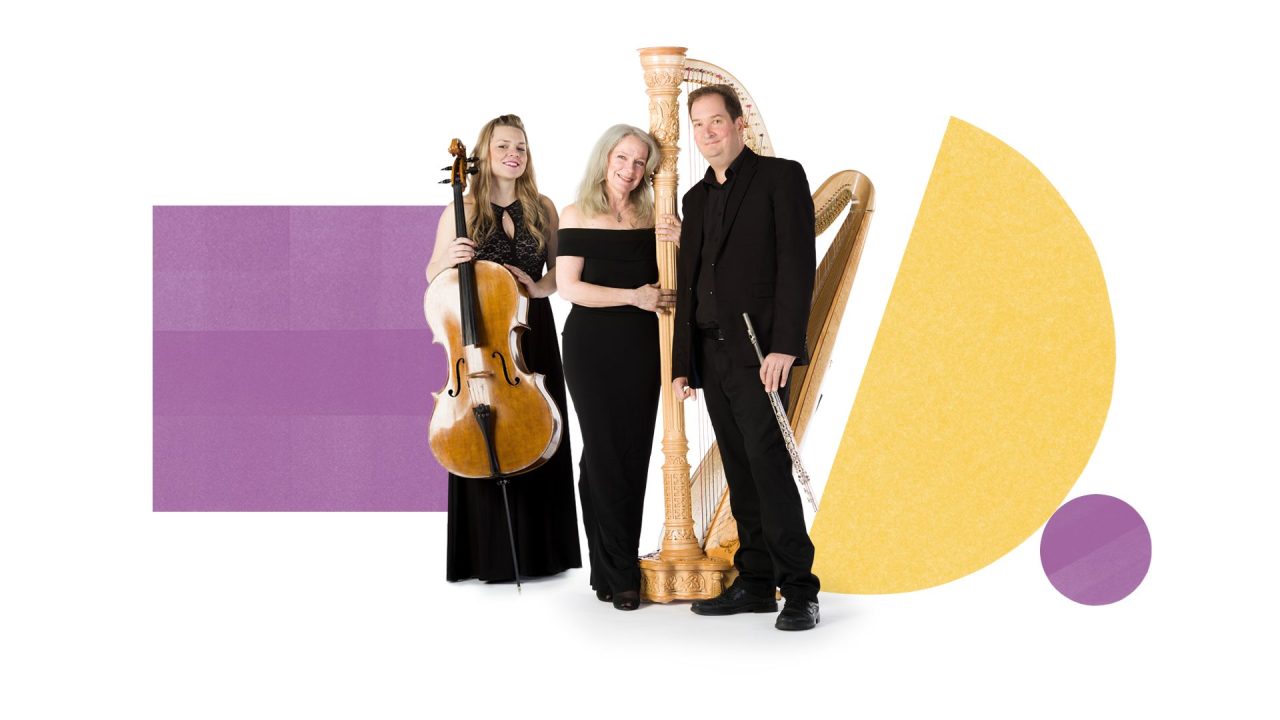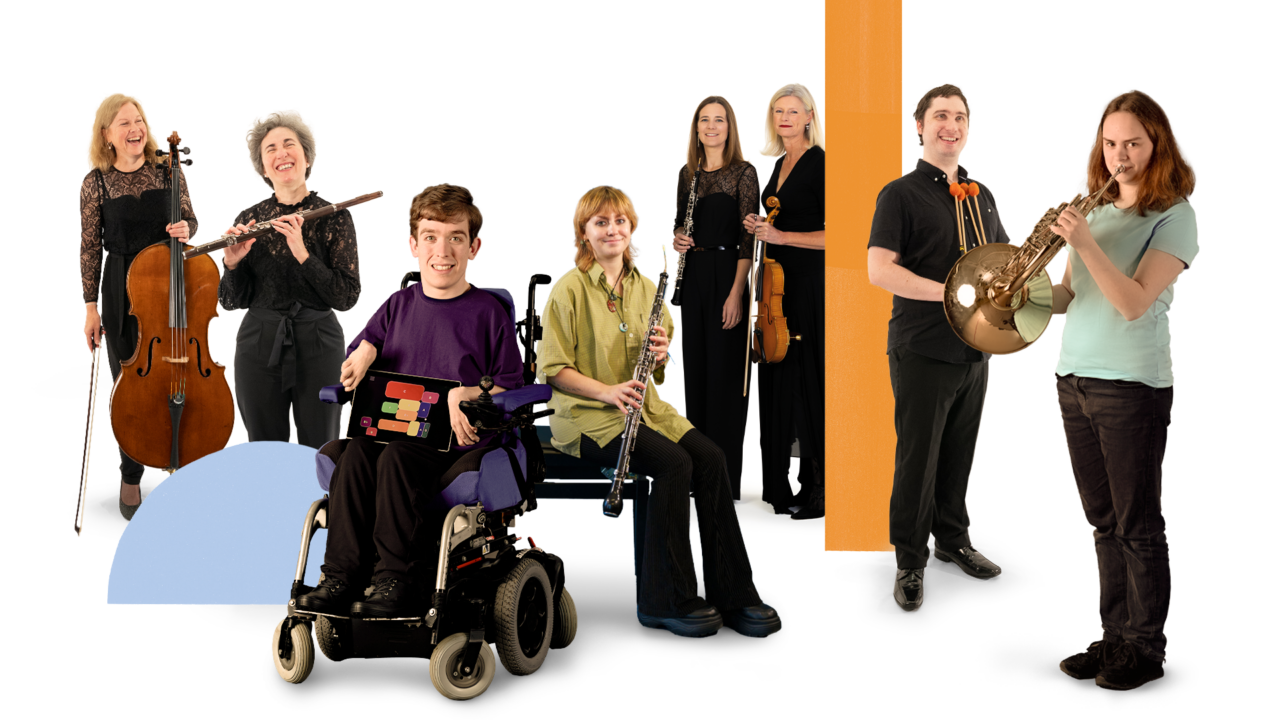Anton Eberl’s Third Symphony premiered alongside Beethoven’s Eroica in the same concert, garnering universal acclaim while the Eroica received a more mixed reception. Beethoven’s symphony is clearly revolutionary but Eberl also offers something which is new and filled with a spirit of heroism, representing more an evolution from the Classical into the Romantic, and its sheer scale and seriousness was unprecedented.
There are four known works of Beethoven for the violin and orchestra. In addition to the famous D Major concerto, a fragment exists of an earlier C Major concerto containing 259 bars before stopping abruptly, as well as the two charming Romances which were most likely written as potential slow movements for this aborted concerto. The Romance in F Major is the more impassioned of the two, noted for its high range and sweet melodic line but with a darkly, dramatic heart. It was whilst working through his period of crisis with the onset of deafness that Beethoven completed the Second Symphony. It bears some marks of his emotional turmoil despite the often exuberant and beautiful surface of its music, but above all this symphony is a testament to Beethoven’s ability to transcend his own troubles in order to create beauty.
Works and composers
In thanks to those who have remembered the BSO in their Will
Gallery






